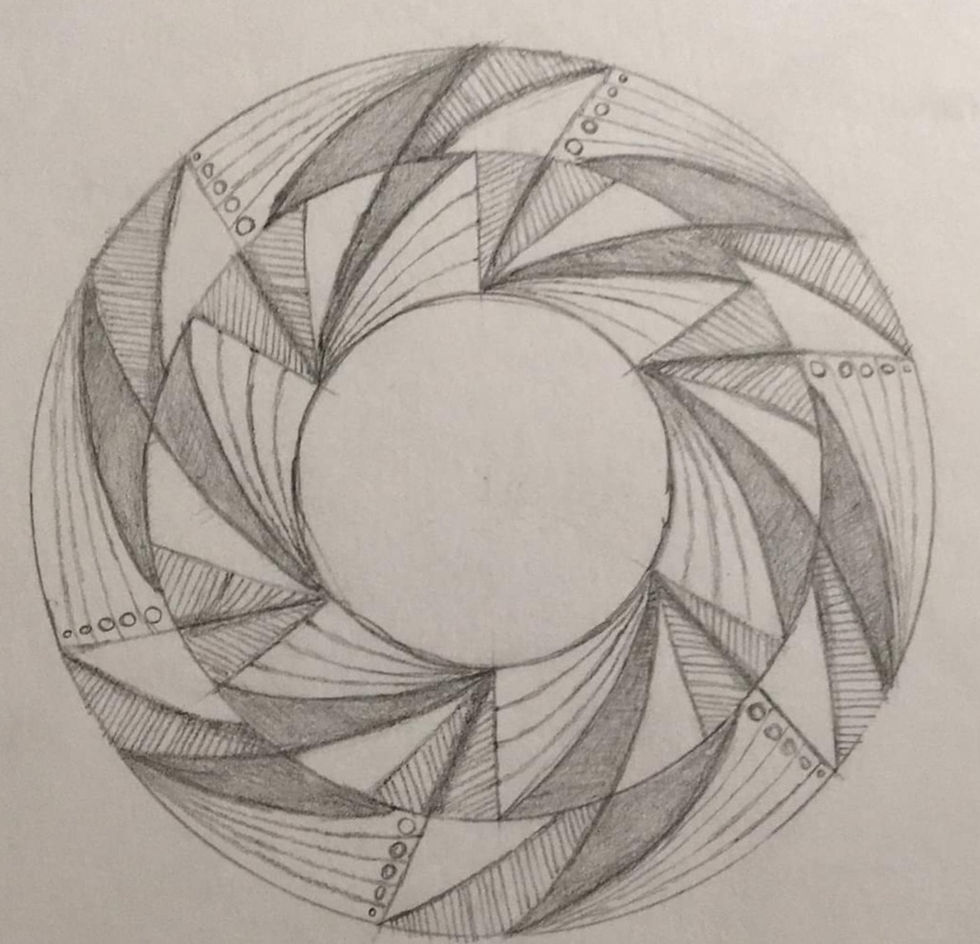Shiva-Kali Vs Lucifer-Lilith
- Almog Yarden
- Apr 22, 2022
- 3 min read
Updated: Nov 8, 2023
Shiva

Shiva's quest for self-liberation is where the tale of this First Lord, also known as Adi Nath, begins. He engaged in Joga yoga in the woods, and by concentrating on the inner Void, he was able to vanquish the Maya, the part of the universe that is an illusion and attracted Sati, his first wife's adoration with his wild bad guy attitude and matted hair. Together, they lived as a couple in the forest and cremation ground, accompanied by stray dogs and ghosts.
One day there was a great feast with all the deities in Sati's father's palace.
Because of his matted unruly hair and life habits, Shiva was not allowed to attend. In her rage, Sati throws herself on the main bonfire in front of her father and all the guests. Furious with her father, Shiva summoned a horde of terrifying demons to kill him and carry her corpse around India, causing mayhem everywhere he went. To appease him, Vishnu, the god in charge of the world's maintenance, reassured Shiva that his love Sati would ultimately reincarnate as Parvati, Shiva's second wife, in contrast to Sati, who fell in love with him and followed him on her own accord. Parvati, a high-status goddess of home care and beauty, initially didn't want to be with Shiva because of his wild nature and wanted to be talked into, tempting him to marry her.
In another tale, Shiva severed Brahma's fifth head. Brahma is the creator god of Hindu mythology and the source of the formative world. He had five heads, four watching in every direction and another the fifth up toward the sky. Shiva was angry at Brahma's arrogancy for sitting on his ass since the beginning of creation, marveling at his work while the other gods' toile. According to this myth, shiva was cursed to roam the cremation grounds with his white bull Nandi and four canines as the Lord of Murder holding in his hands the severed head of Brahma. During his time In the cremation grounds, Shiva, through his practice, attained immortality and the siddhis, or spiritual powers over the material world by engaging in combat with a demon representing the lower forces of the world, which ended with Shiva dancing on top of the demons course.
Due to his success in dominating the material world, he is named Nata Raja, which translates to "the Lord of dance."
It was then that Shiva set out to find a quiet location away from his many followers to engage in Smhdi, a state of deep meditation.
On top of the highest mountain in India, Mani Mahesh Giri, he resided in a cave under a waterfall for seven years, where he eventually attained cosmic transcendence and ineffable peace before becoming a Maha Purusha or Great Being.
Comparison with Lucifer.
Shiva is a well-known and complex figure in Hindu mythology.
He is renowned for his mountaintop meditation, relationships with Parvati, and forest/cremation ground-based tantric practice with Kali, the goddess of death and a manifestation of the Void.
As a footnote, In Hinduism, Vishnu and Shiva are contrasted, with Shiva being seen as a warrior engaging with the material world and mortals, while Vishnu is a distant radiant lover.
Shivaism emphasizes transcending the physical world through strength and discipline, in contrast to Vishnuism, which emphasizes joining with Vishnu and achieving ascension.
Shiva and Lucifer are very different mythical characters. Shiva is a Hindu deity who attained enlightenment, immortality, and control over the physical universe through his practices and endeavors. He is not interested in people; rather, he serves as a model for others to imitate as they pursue the attainment of godhood through the cultivation of spiritual powers. In western mythology, Lucifer is a fallen angel, an adversary to The one god, a tempter away from the righteous path, and an angelic being.
BTW Rather than a priestly or system-based religion, Shivaism, or Shiva worship, is considered an oral tradition and practical practice.
Kali, a goddess of death frequently paired with Shiva, is greatly revered, adored, and feared in Hinduism. She is viewed as a destructive and ferocious force, a brutal killer, and never a nurturer. In contrast, working with Kali through tantra is thought to be a way to master this aspect of cosmic energy and make her a source of Shakti (Power). To make her seem less intimidating and for Patriarchal reasons, she is considered the other side of Parvati.
The Abrahamic figure Lilith, who rebels against god, does seek adoration and, as a vampiric being, craves energy but also has a compassionate and helpful side.
She is the mother of demons and Lucifer's concubine.
It's important to remember that the mythologies and rituals of various cultures and religions can be complex, which renders any attempt at fusion or basic comparison false.
Additionally, respecting and comprehending each mythology and culture respectfully is critical because they all have unique beliefs and customs.



Comments